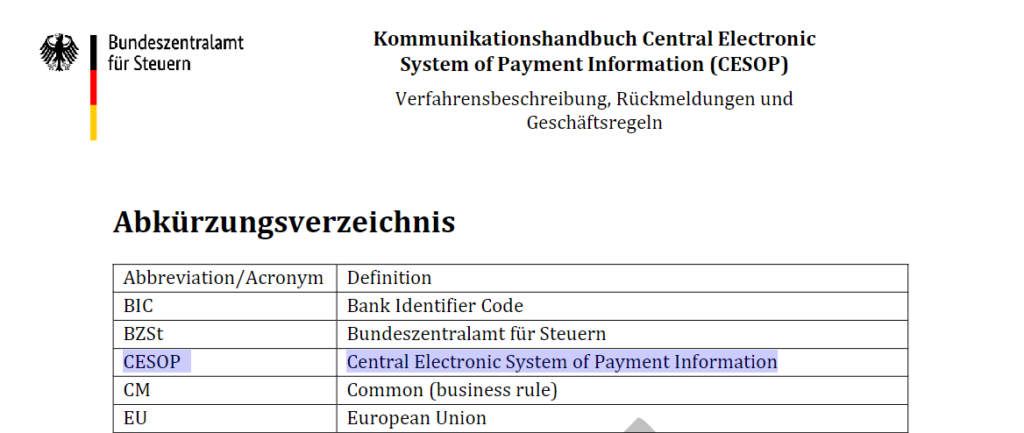An article by
Andreas Wegmann
Published on
29/03/2021
Updated on
13/01/2022
Reading time
2 min
The importance of EBICS in SEPA interbank payments has already been explained in our blog post EBICS SEPA: How does that work together?. Different versions of EBICS are in use, but version 3.0 will be mandatory at the Bundesbank as of November 22, 2021 (version 3.0.1 is current as of today). However, a transition period of one year is still granted.
Why EBICS 3.0?
The new version primarily serves to harmonize the standard in Europe, i.e. the differences in Switzerland, France and Austria are disappearing. Due to the cost advantage compared to SWIFT and the recognized high level of security, the spread of EBICS will certainly continue to increase.
In terms of interoperability, it should be noted that the banking-specific interpretation in Germany is carried out by the DK. There may be deviations here in other countries. It also remains to be seen to what extent the EBICS real-time notification will be implemented by the banks in connection with SEPA Instant Credit Transfer.
What changes in version 3.0?
The Bundesbank recommends testing the conversion in good time, as it is not just a simple software update. Here are the most important changes:
- A new BTF concept (Business Transactions & Formats) for the identification of specific send and pick-up orders replaces the previous order types. BTFs are still differentiated in terms of upload (BTU) and download (BTD).
- Electronic keys must always be transmitted as an X.509 certificate. The minimum length for the various key types increases to 2048 bits and the A004 format has been removed from the standard.
- The distributed electronic signature has been available in Germany since the introduction of EBICS. With the new version it is available in all other countries.
- An adapted version of the customer protocol HAC in XML format replaces previous text-based versions.
- Use of TLS 1.2 with an expandable cipher list
- Possibility to transmit additional order information, e.g. B. the file name
- Adjustments to the INI letter to display certificate information
- Replacement of order attributes (OrderAttribute OZHNN, DZHNN) with a signature (SignatureFlag).
Share




